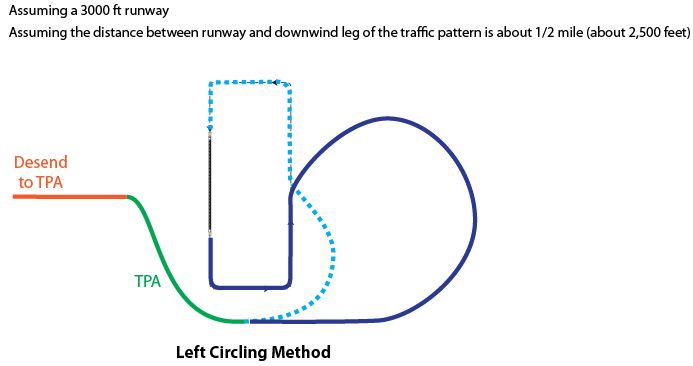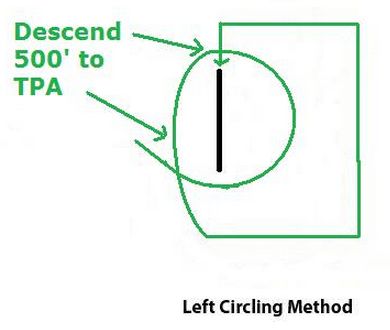MAKG1
Touchdown! Greaser!
- Joined
- Jun 19, 2012
- Messages
- 13,411
- Location
- California central coast
- Display Name
Display name:
MAKG
Approach B doesn't help the windsock issue if all the patterns are left traffic, as is common.
And windsocks aren't always midfield.
There are still a few airports around with no weather reporting. Well, aside from watching your own wind corrections around the pattern.
And windsocks aren't always midfield.
There are still a few airports around with no weather reporting. Well, aside from watching your own wind corrections around the pattern.








 . I got it backwards when writing the textual description to MAKG1.
. I got it backwards when writing the textual description to MAKG1.